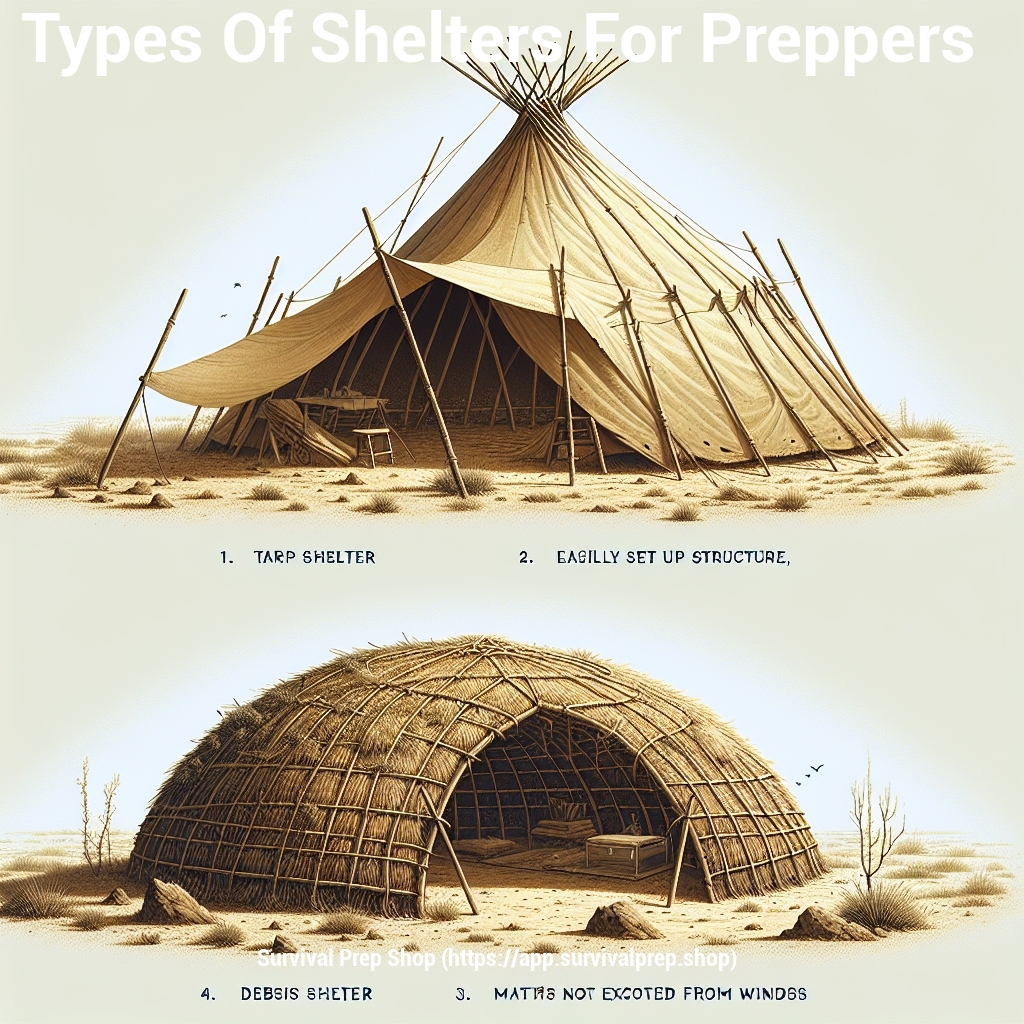
Hello everyone, and welcome to the Survival Prep Shop. I’m TK, and it’s great to have you with us as we delve into some essential survival wisdom. The perspectives I’m about to share are part of my own story, crafted through years of experience and learning.
Do you have your shelter situation figured as a prepper? You can always hang hats in your home and call it a shelter. Or, preppers construct and put up an exclusive shelter to take refuge when a crisis hits. A shelter in a true sense is way more than just a roof. The place is your den during a disaster. It shields you from the elements of nature and provides you with a comfortable resting space. A roof above your head ensures a sense of normality. Irrespective of the unrest or the crisis happening outside, you realize that you are well secured and safeguarded within your shelter.
Are you ready to spot a bug-out location in the wilderness? Or, are you smart enough to gear up for an unforeseen emergency? Regardless, a survival shelter is always needed. What are the different types of shelters available for a prepper?
A few shelter options that are popular among preppers include:
- Tarp shelter – Now, you cannot really put up a tarp shelter overnight to combat an unexpected emergency. Investing a day or two should get the work done. Designs of tarp shelters are not very complex. It is fairly easy to set up the shelter for use. Although lightweight, tarp shelters are extremely durable. The shelter is secure enough to keep you snug and dry. Opt for a water-resistant one and also figure the right location to set your tent. You don’t want the entrance of your shelter to embrace strong winds. So, select the location carefully before you build a temporary shelter.
- Debris shelter – Before you go all out and construct a modern survival shelter, aren’t you eager to make the best use of what’s available naturally? We are talking about the burrows, caves, or depressions that are created naturally. Little did you know that caves make great shelters. If the burrows or the caves are good enough to keep rain and wind at bay, there’s nothing better. Not only is your shelter very stable, but you did not have to put in any labor to set it up. All you need are a couple of essential survival tools and you are prepped.
- Wickiup shelter – This shelter option is fancy and it does take a good amount of time and effort to set up a wickiup shelter. If you are an individual prepper, a wickup might not be the best fit for you. It is ideal for a larger group planning to take refuge in the shelter for a prolonged duration. Unlike ordinary shelters, a wickiup is known for its exclusive design. The highlight of the design is the dome-shaped framework. To create a wickiup shelter from scratch, preppers make use of tall saplings. For additional layers of shelter, barks of trees and mats created out of rushes are put together. The wigwams are pretty efficient in providing shelter to all preppers in the wilderness. You can always upgrade your refuge space. For instance, you could add birchbark to the roofs or the walls of the wickiup for optimized strength. Preppers don’t shy away from extreme cold weather. There’s a reason why igloos continue to be at the top of the list. Of course, the snow melts. Therefore, preppers take time to construct a perfectly durable igloo as their snow survival shelter. Snow caves are good options too.
As this conversation comes to an end, I hope to have given you more to ponder on your preparedness journey. Your readership is much appreciated, and I can’t wait to share more with you soon. Thanks again.
TK – Survivalream Shelter
